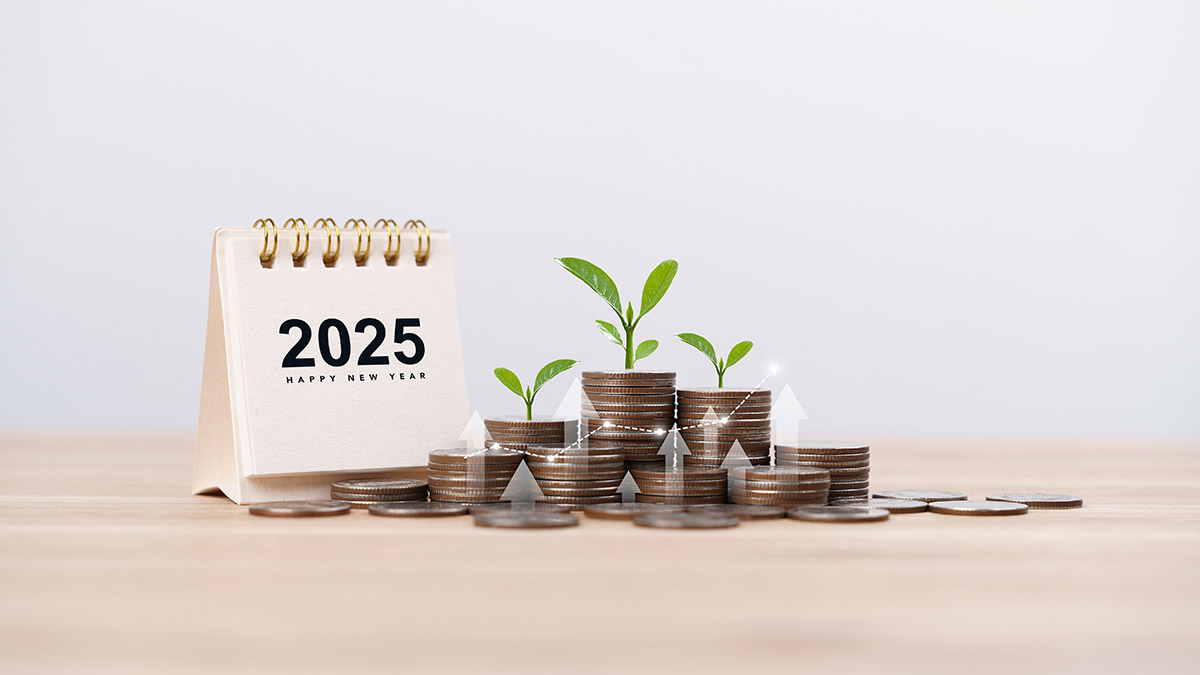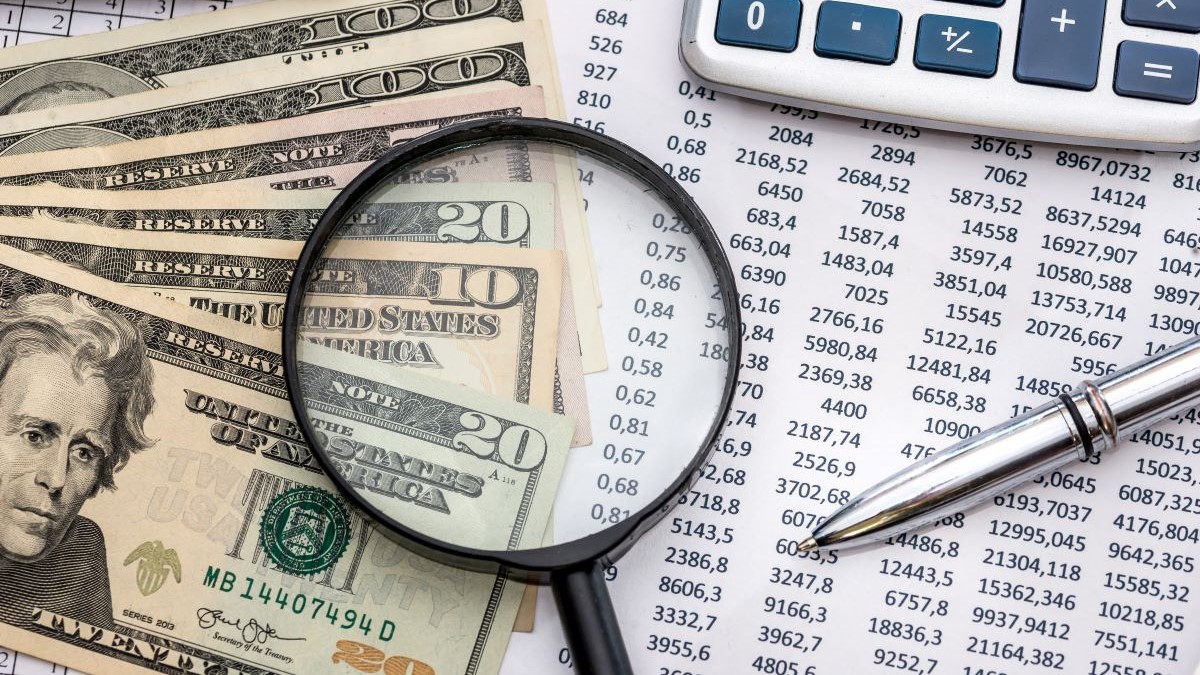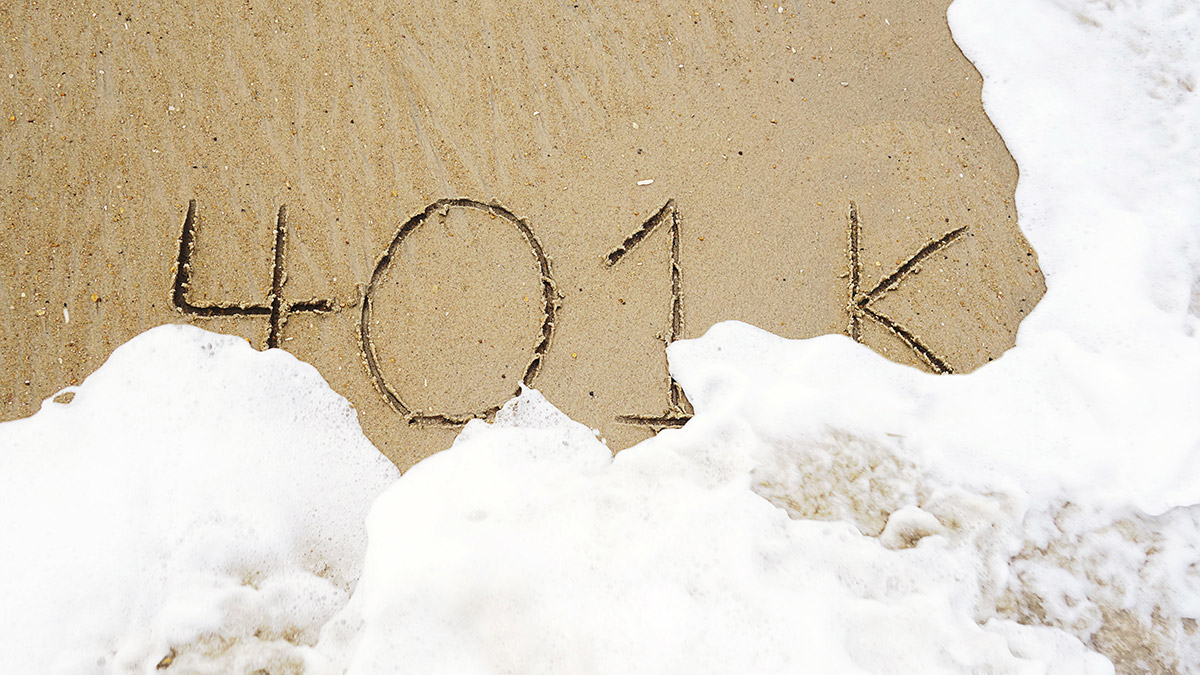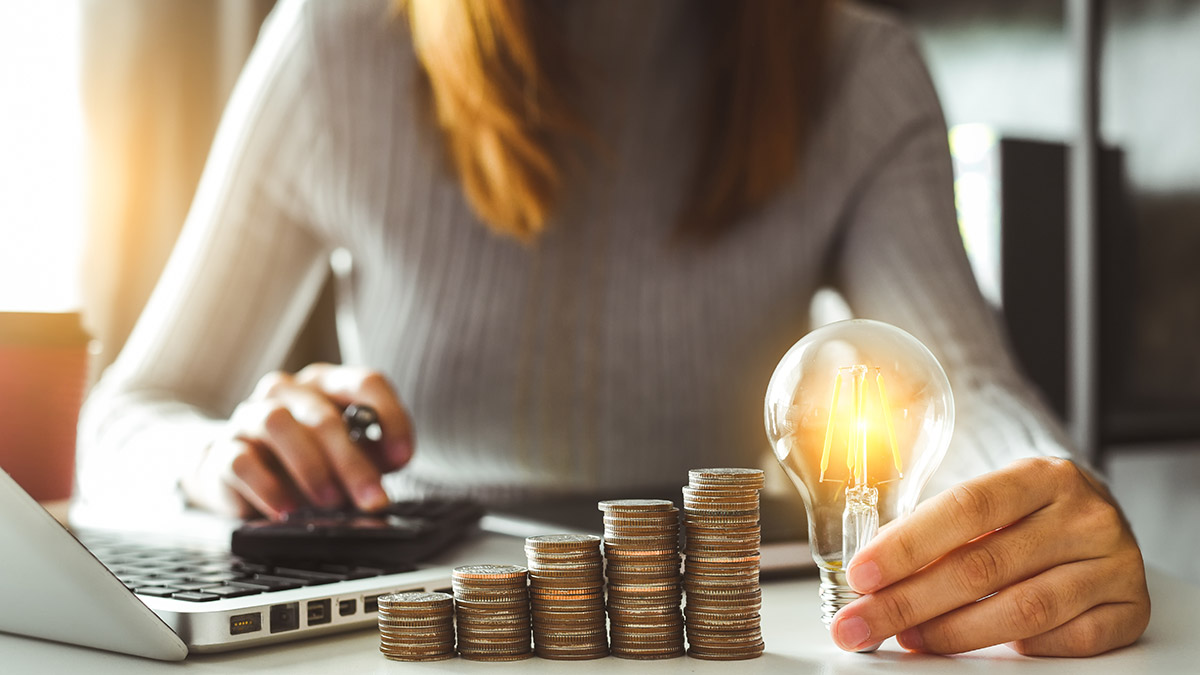How to Build Your Emergency Fund –
When You Have No Money
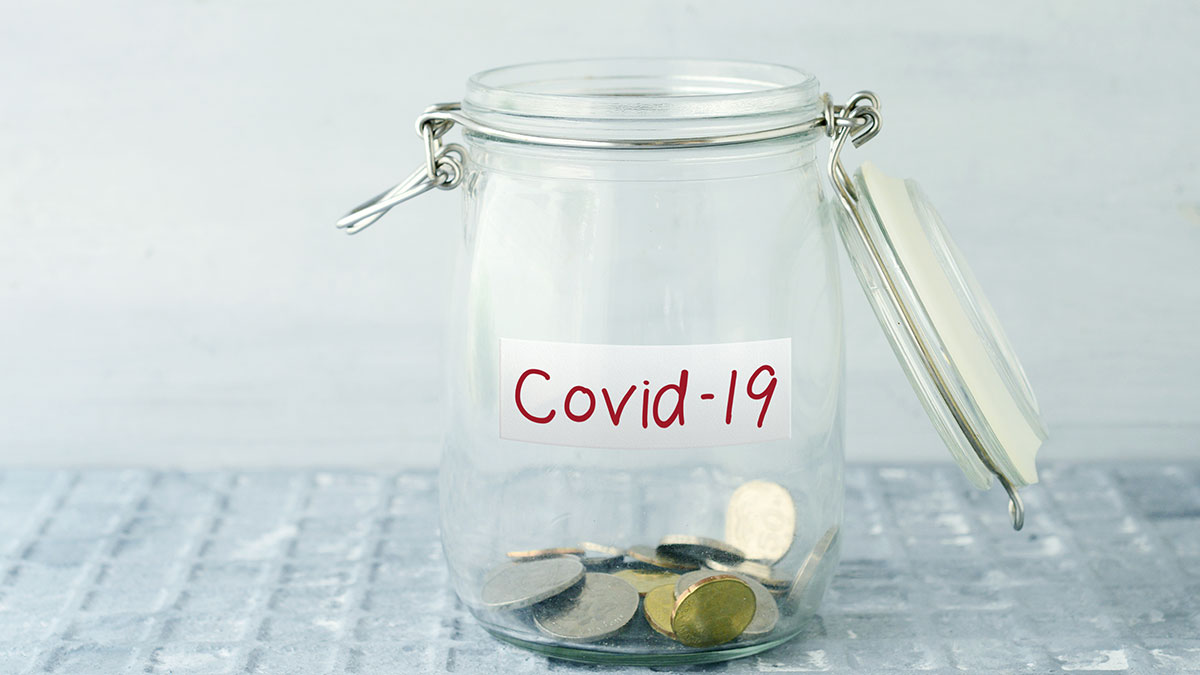
This year’s pandemic highlights the importance of having enough money set aside in an emergency fund to cover six to nine months of key expenses should you lose your job.
But how do you build an emergency fund if you don’t have any extra money? The easiest way to accomplish this is by reducing your expenses. Here are some creative ways to increase your cash flow by cutting your spending.
How much you need
First, determine how much of an emergency fund you need. Identify the minimally essential monthly bills and multiply by the number of months of funds you’ll need. At a minimum include the following:
- Food
- Housing costs, including rent or mortgage payments
- Medical insurance
- Transportation
- Phone service and other utilities
Ideas to fund your emergency account
- Temporarily suspend nonessential monthly expenses. Ditch your $150 cable bill for a $20 streaming service. Cook your meals from scratch instead of purchasing pre-packaged food. Eliminate or re-think your entertainment spending. Until you get your emergency fund fully funded, consider less expensive alternatives for items you normally purchase.
- Radical cutbacks for a set period of time. Can your family live with one car instead of two? Instead of downsizing from cable to a streaming service, what about getting rid of television subscription fees altogether? Consider if there are areas you’d be willing to make a radical (and temporary) change to free up some cash.
- Track your spending. When you go on a diet, nutritionists often recommend counting calories. When going on a spending diet, consider tracking your purchases. You will quickly see items that are not essential. Spending at coffee shops, paying for multiple streaming services, and paying for extra cell phone services are just a few examples. You may discover problem areas you didn’t know about once you start writing down your spending in a notebook or on a spreadsheet.
- Stick to a list. Avoid impulse purchases by making a list of items you need to purchase, then sticking to the list. At the beginning of every month, write down the household items you need to purchase that month and do your best not to deviate from it. You can use this strategy with both in-person and online shopping. Remember, merchants are scientists when it comes to tempting you with impulse purchases.
You may need to get creative with your approach, but finding the funds to build your emergency fund is essential, now more than ever.

